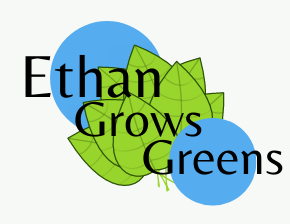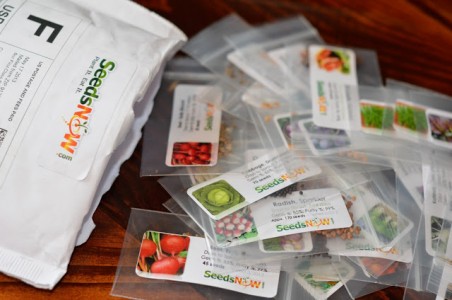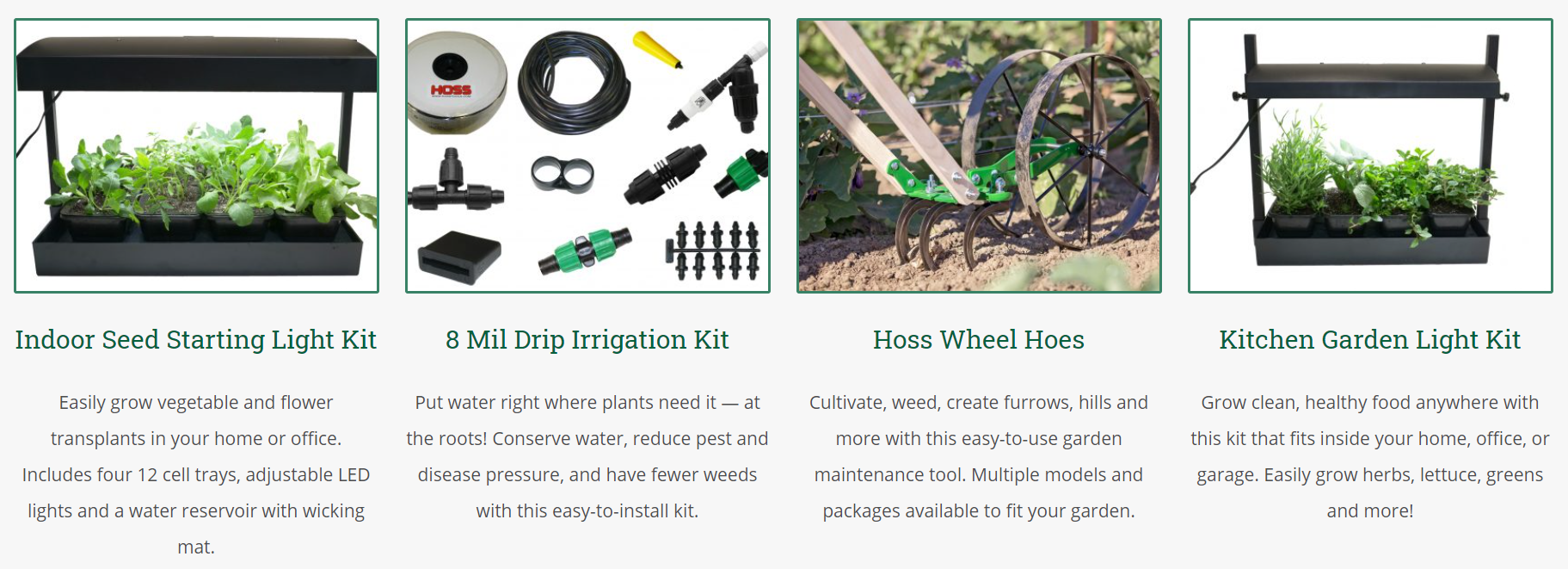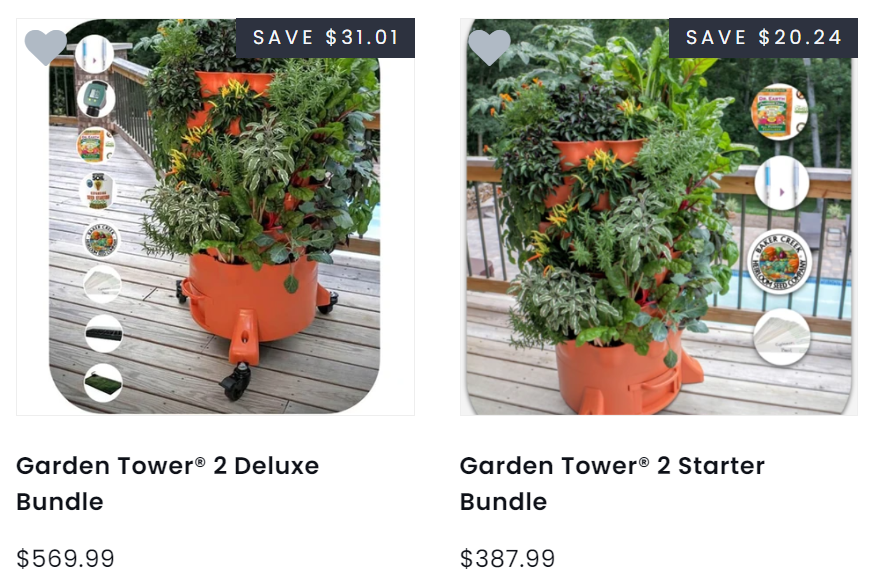Are you the type of person who always has more tomatoes at the end of the summer than you can ever hope to eat? Do you ever feel like you know more about gardening than half of the people at your local farmer’s market?
If you answered “yes” to these questions, then maybe you should consider starting a gardening blog.
Blogs are one of the best ways to help people on a large scale. If you have the gardening part down but need some help on the “hows” and “whys” of starting a gardening blog in 2021, then keep reading because we're going to show you how to get started today!
How To Start A Gardening Blog In 4 Simple Steps
STEP 1: Build A Solid Blogging Foundation
STEP 2: Set Up the Backend
STEP 3: Create Your Content
STEP 4: Make Money With Your Gardening Blog
STEP 1: Build a Solid Blogging Foundation
Anyone can start a blog. Honestly, this is why so many fail.
Bloggers don’t put enough thought into basics, from their domain name down to the color scheme used on the website.
We cannot stress enough how important it is to spend some time thinking and planning out your blog before you start.
What’s In A Name?
Think about the names of your favorite blogs and websites. Every single one of them is going to be easy to remember. Maybe it’s a name that’s straightforward or maybe it’s something incredibly clever that gives you a chuckle whenever you think about it.
Either way, naming your new website is the first step in this new journey.
Let’s give some examples:
Maybe your name is Katina. You’re well known all over town for growing carrots. Use what you know about yourself and what you love doing to help give your website an identity.
- Katinagrowscarrots.com
- Thekatinacarrot.com
- Makecarrotswithkatina.com
You get the idea. Let’s try another one.
Your name is Ethan. No one grows better greens than you do. You have all the secrets to growing great tasting, healthy greens from seed and no one you know seems interested in your legacy. Here are some ideas for a name:
- Ethangrowsgreens.com
- Growinggreenswithethan.com
- Ethansgreens.com
Your gardening blog's name should give your audience a good idea of what to expect.
Color Schemes and Logos
Shapes and colors each have their own place in the world of websites and logos. Some colors and shapes scream authority. Some give people the feeling of security or safety.
Today, we’re talking about how to start a gardening blog, so let’s chat about some possibilities. Green seems like an obvious choice. And there is a reason for that.
The color green, at least to the human mind, symbolizes growth, calm, nature, and balance. All of which are the kinds of emotions you would hope your reader feels from your new brand.
Blue is an excellent secondary choice as it symbolizes reliability, authority, and trust.
As far as shapes, circles represent harmony and completeness and often make human beings think of the moon or the sun.
You know what you need to be a great gardener? The sun. Sun and shade are vital parts of gardening, so is water.
Use this knowledge to help come up with a great logo and name for your website. Canva is an excellent, as well as free, tool for this kind of work. You can do much more than logos. You can make thumbnails and channel art for YouTube and they even have templates for social media sites like Instagram.
Here is a quick design I threw together using the Ethan Grows Greens example above. It was completely free and only took about ten minutes:

As someone who is about to start a gardening blog in 2021, you can probably come up with a much better design on your own.
STEP 2: Set Up the Backend
Many new bloggers don’t understand there is more to setting up a new blog than creating a WordPress account.
The first step is to choose a host. What is a host?
A web host is a company that physically stores your website on one of its servers. Every blogger needs one. There are many to choose from. Some of the top choices by the professionals are GoDaddy, Bluehost, and HostGator.
We recommend Wealthy Affiliate.
Wealthy Affiliate is a one-stop shop for bloggers. They offer domain registration, web hosting, and WordPress on a single platform.
You will also have access to an entire community of folks just like you. People who are starting new websites, looking to monetize, build traffic, and everything in between. You will find the new people and the seasoned veterans and most of them are incredibly helpful.
Here's my walkthrough video to help you get set up:
STEP 3: Create Your Content
A wise man once said, “Content is king”. That man was Bill Gates. He was right then and even though this quote has become a cliche, it still holds true to this day and will likely do so in the future.
What are the rules of creating great content? Are there really any rules? And if so, aren’t rules meant to be broken?
Yes, you could say there are rules. But we prefer to think of them more as guidelines.
A Guide for Creating Great Content
There are a lot of bloggers out there who blow off their introductions. This is a colossal mistake.
Nothing beats a great hook. It’s that comment or tidbit of information that grabs a hold of your reader and forces their eyes to continue down the page.
It’s also a nice idea to throw in a statistic in your introduction. But only if you can insert it into your post seamlessly.
Have you ever heard of the term “wu-wei”?
Alan Watts once translated this term as the “art of not forcing”.
So how does this apply to your content strategy?
Go with what works. Don’t squeeze in links or extra words where they are not necessary. Don’t add images where they don’t fit. Make sure everything you do offers value. Here are a few tips to help get the ball rolling.
Pointers for Writing Blog Posts
First, have fun! Write your heart out and enjoy every second of it.
Secondly, rewrite and polish that first draft. Paragraphs should be 3-5 paragraphs. Links should be to authoritative sources. Images, headers, gifs, and videos should be used to give the reader’s eyes a break from the text.
The longer your word count, the more you’re going to want to give breaks to the loyal readership that continues to read on all the way to your conclusion.
Third, avoid garbage. Fluff and filler aren’t doing you or your new gardening blog any favors. It’s a waste of your time to write it and a waste of your reader’s time as well. If your readership sees a habit of fluff content, they won’t be your readers for long.
Many bloggers will talk to you about how Google tracks time spent on each page. They’ll say longer posts will be more appealing to search engines.
“They” say a lot of things. Unfortunately, most of what is said and preached is either inaccurate or irrelevant.
The truth is the length of your blog posts does not matter. At the end of the day, the most most important things are these:
- Quality content that your readers enjoy and provide value to them and their gardening efforts
- A really fast website. The faster, the better.
If you follow our content guide and put in some effort into building and maintaining a fast-loading blog, it’s only a matter of time before you start to see some results.
Promote Your Content
The most successful bloggers practice the 80-20 rule.
Spend 20% of your time creating content and then spend 80% promoting it.
The best way to promote a piece of content is going to be social media. Platforms you should use are going to be the ones where your audience is most likely to be found.
If you want to know how to start a gardening blog in 2021, you should also study ways to promote it. Who’s your audience? Old? Young? Male? Female?
A younger crowd is likely going to spend more time on TikTok than anywhere else. Millennials are lurking on Instagram and YouTube, while older generations use Facebook more than other platforms.
If you don’t know anything about the various social media sites, then limit their usage or don’t use them at all. An exception to this guideline is if you know your audience is found in a particular spot and you really want to figure out how to use it like a pro to get more eyes on your blog.
The Best Backup Plan
If you’re interested in how to make money from a gardening blog, your website is a great place to start. But before we go down that rabbit hole, we want to mention YouTube.
YouTube is going to be a fantastic secondary platform for your website.
Nothing backs up a blog quite like YouTube content. You can use the same monetization methods for both avenues. In 2021, all bloggers should be cross-promoting with a blog and a Youtube channel, even if you have no interest in any other form of social media.
The best part is you can repurpose your blogging content into YouTube videos so you don’t have to concern yourself with making twice as much content. Think of it as the same piece but for a new audience.
STEP 4: Make Money With Your Gardening Blog
There are two main ways gardening blogs make money and yours will be no different:
Ad revenue and affiliate links are going to be your bread and butter as far as income.
3 Best Ad Networks for Gardener Bloggers
You may be thinking, “Doesn’t everyone just use Google AdSense?”
The answer is “no”.
Gone are the days where Adsense was the only possible revenue stream for bloggers. And long gone are the days where it is the best option. The one exception to this is YouTube, where AdSense is your only option for advertising revenue.
These days, there are some quality ad programs. Many of them have traffic minimums, however.
1. Media.net
One of the best networks which don’t have a traffic requirement is Media.net. This option is similar to Google Adsense, but it utilizes Bing/Yahoo. Feel free to try both and go with one that works well for you.
2. AdThrive
AdThrive is one of the most popular networks for blogs. Unfortunately, they have some hoops you need to hop through in order to use them. First, they require at least 100,000 page views per month.
Secondly, most of your traffic needs to be from the US, UK, Canada, Australia, and New Zealand. Google Analytics needs to be installed and your site has to be https.
3. Ezoic
In our opinion, the best bang for your buck is going to be Ezoic.
Why Ezoic?
This network now lets anyone in! However, they offer two different programs. One is for folks who are just starting out. The other is for the big ballers that already have a ton of traffic coming into their site.
So if you want a network you can get on immediately and will work with you as you grow, give Ezoic a shot.
3 Best Gardening Affiliate Programs
Affiliate marketing is a monetization method that goes hand-in-hand with ads. Ads require a ton of traffic, while affiliate marketing doesn’t necessarily need that much traffic to be lucrative.
What is this golden unicorn and how does it work? Companies and brands will give you a link. You promote their products and add this link to your blog or even in the description of your YouTube channel.
When a reader or viewer clicks on this link and makes a purchase, you receive a commission for the sale. The reason these programs exist is it relieves some of the burden from the individual companies. You’re essentially an unpaid sales representative and rightfully, you should be paid for each sale.
The best part is the reader or viewer does not pay any additional cost. You promote a product you believe in, someone buys it, and you receive a commission. Everyone is happy.
Keep in mind, not every offer from a company is going to be the same. Let’s go over a few of the top gardening affiliate programs so you can get an idea of what’s in store for your blog.
1. Seeds Now
Gardeners need seeds, so why not put a little cash in your pocket with Seeds Now?
They offer a 25% commission with an average EPC (earnings per commission) of $28. You can sign up for their program over on their website.

2. Hoss Tools
If a gardener knows one thing, it’s that you should always use the right tool for the right job.
Hoss Tools is known for its quality, with everything being made in the US. The EPC is almost $50, with a 10% commission. Unlike Seeds Now, Hoss Tools uses ShareASale; a network offering affiliate links to a variety of businesses.

3. Garden Tower
Not everyone has a ton of space. For something kind of new and different, check out Garden Tower. They focus on vertical gardening to help people in urban areas grow their own food. Also part of the ShareASale network, they offer a 16% commission with over $75 EPC.
Not too shabby.

Wrapping It Up
We’ve given you all of the tools you need to get your hands dirty with your new gardening blog.
Similar to your garden at home, you have to plant the seeds manually and take care of them. But with some time, patience, and love, your blog will grow and bloom into something beautiful.
If you have any questions, let me know and I'll be more than happy to help you get started.
Simon Crowe is on a mission to help as many people as possible kiss their bosses goodbye.
Take the free Wealthy Affiliate test drive to discover how to smash your online income goals and make your dream business a reality.